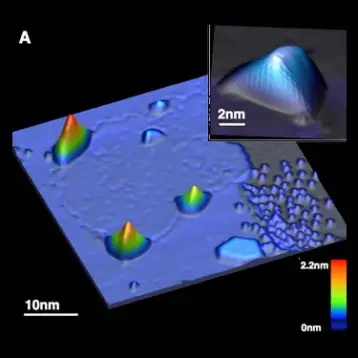|
Developed by Robert Wood at Harvard and Daniella Rus and Erik Demaine of MIT, the sheet has successfully folded itself into both a paper airplane and a traditional origami boat. In theory, the sheet could generate a nearly infinite combination of shapes just as those created by a person folding paper by hand. Current tests have been limited to the two common origami shapes named above as a proof of concept.
The key to the folding process is the metal actuators. Each thin sheet of metal was folded in half and held in a vice at high temperature to imprint the memory of its folded shape; t. The actuators remember the folded shape even after unfolded and cooled. Once imprinted, the actuators return to their folded state whenever heat is applied to them. Stickers embedded with circuitry trigger the folding. The desired shape can be formed by placing the stickers on the correct actuators in a specific order in a form of mechanical programming.
While the ability for a sheet to fold itself into pretty shapes may seem like a party trick, the techniques learned here could eventually lead to a wide variety of practical shape shifting objects. Potential applications are endless and include things like packages that expand or contract to fit their contents and supertools that change their shape based on the needed function.
|
TFOT has previously reported on other technology that can change shape including a flexible computer that could be wrapped around soda cans or change its shape to better collect data in different situations, programmable bendable polymers that leverage non-Euclidean geometries, and polymers that remember specific shapes and bend back to them after being deformed.
Read more about the self- folding sheet in this Harvard University press release.












